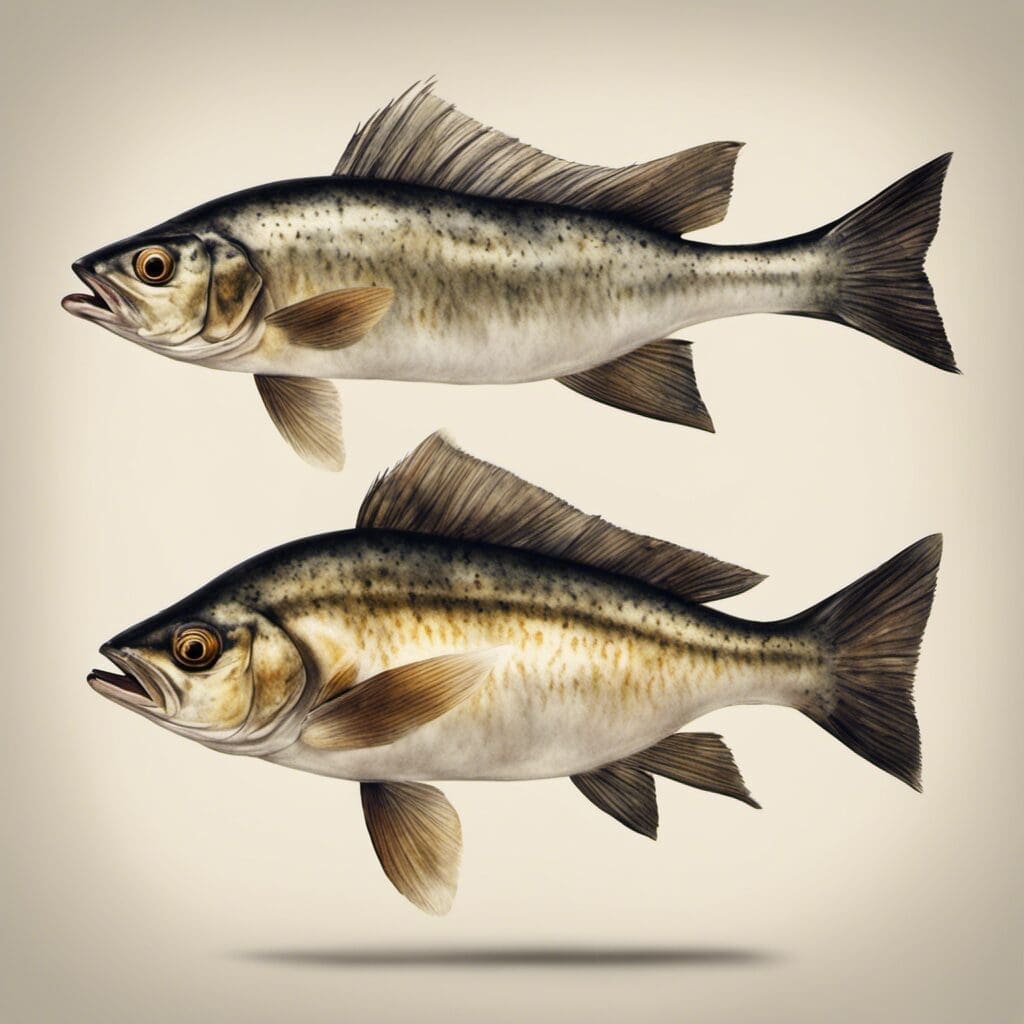Introduction
Upon delving into the marine world, one prominent species is the Almaco, scientifically termed “Seriola rivoliana”. This intriguing fish species belongs to the vast Carangidae family, embraced by popular sport fish, such as the Amberjack and Yellowtail.
Conservation Status
A testament to its resilience and adaptability, the Almaco Jack holds a “Least Concern” status, as assessed by the International Union for the Conservation of Nature (IUCN) on their Red List. Several efforts have been implemented to protect its population, such as sustainable fishing policies and habitat preservation measures.
Statistics
| Stat | Average | Range |
|---|---|---|
| Length | 70 cm | 50-90 cm |
| Weight | 18 kg | 9-27 kg |
| Average Lifespan | 17 years | NA |
Distribution
Almacos enjoy a broad geographical distribution, frequenting tropical and subtropical waters worldwide. As for migration patterns, the Almacos tend to migrate towards warmer waters during winter months.
Habitats
This Jack species thrives in both pelagic and bottom water types, generally ranging from surface level to 160 meters deep. Water temperatures preferred hover around 15-27°C.
When and Where to See
Embrace the chase for Almacos during summer when they tend to gather near or at the water surface. Best sightings generally occur in the late afternoon.
Best Fishing Locations
Known hotspots include:
- Gulf of Mexico, USA
- Florida Keys, USA
- Caribbean Sea
- Costa Rica
- Pacific Ocean near Hawaii, USA
- Great Barrier Reef, Australia
- Japan
- Brazil
- Atlantic Ocean near Canary Islands, Spain
- Indian Ocean near Seychelles
How to Catch
The Almacos are partial to live bait, particularly small squid and fish. Advanced techniques include vertical jigging, trolling, and live baiting. Summer months grant more success as Almacos convene by the water surface.
Identification Guide
Almacos bear a streamlined, robust physique with a greenish-blue metallic sheen above and silvery sides. It is important to distinguish them from Amberjacks, which possess a comparatively lower dorsal fin height.
Culinary
Almaco Jacks offer a lean, firm texture with a mild, savory flavor. One can consider grilling or baking them, supported by a bevy of herbs and spices. They are rich in protein, omega-3 fatty acids, and numerous vitamins.
Additional Information
Almacos feed primarily on fish and squids, with occasional forays into crustaceans and other invertebrates. Natural predators include various shark species and larger game fish.
References and Further Reading
For added enlightenment regarding Almaco Jacks, consider the following resources:
- Bester, Cathleen. “Florida Museum”. www.floridamuseum.ufl.edu
- NOAA Fisheries. “FishWatch”. www.fishwatch.gov
- FAO Fisheries & Aquaculture. www.fao.org

